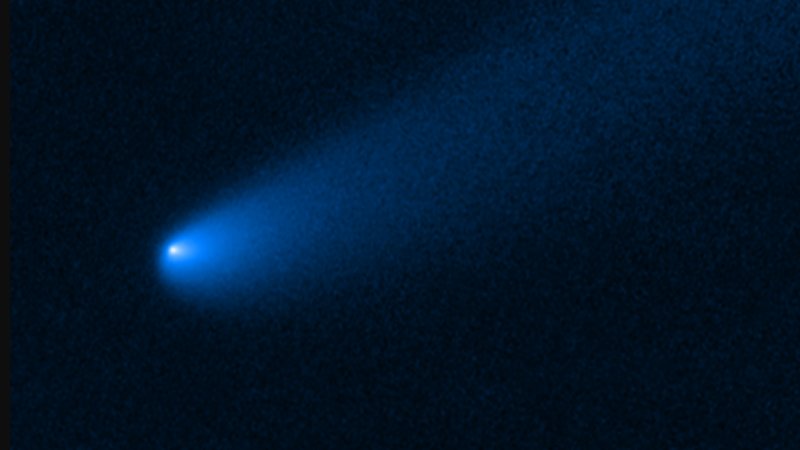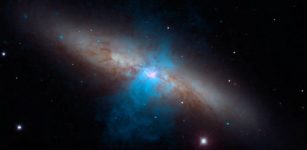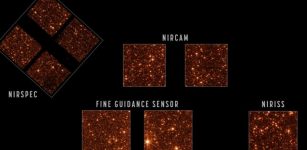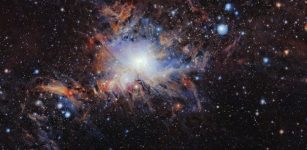“Supernova 1604”: Search For A Peculiar Companion Of White Dwarf That Exploded 414 Years Ago
MessageToEagle.com – Today there are only the leftovers after “Supernova 1604”, that took place on Oct 17, 1604 and was observed by German astronomer Johannes Kepler.
This great celestial event – unquestionably observed with the naked eye – happened in the constellation of Ophiuchus, in the plane of the Milky Way, 16,300 light years from the Sun.
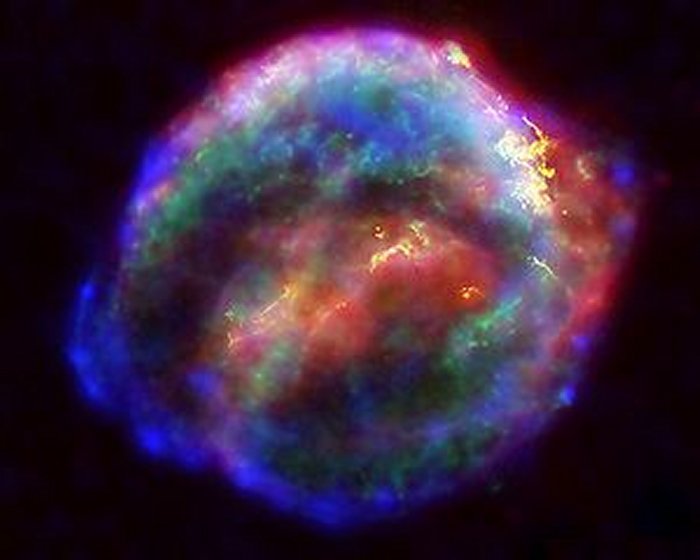
Recently an international team of astronomers led by Pilar Ruiz Lapuente (UB-IECC y CSIC), tried to locate the possible surviving companion star of the binary system in which the supernova exploded. The team, therefore, searched for stars with some anomaly that would allow them to identify one of them as the companion of the white dwarf that exploded 414 years ago.
In these systems, when at least one of the stars (with the highest mass) reaches the end of its life and becomes a white dwarf (WD), the other can begin to transfer matter up to a certain mass limit (equivalent to 1,44 solar masses, the so-called “Chandrasekhar limit”).
This process leads to the central ignition of carbon in the white dwarf, producing an explosion that can multiply 100,000 times its original brightness, researchers explain.
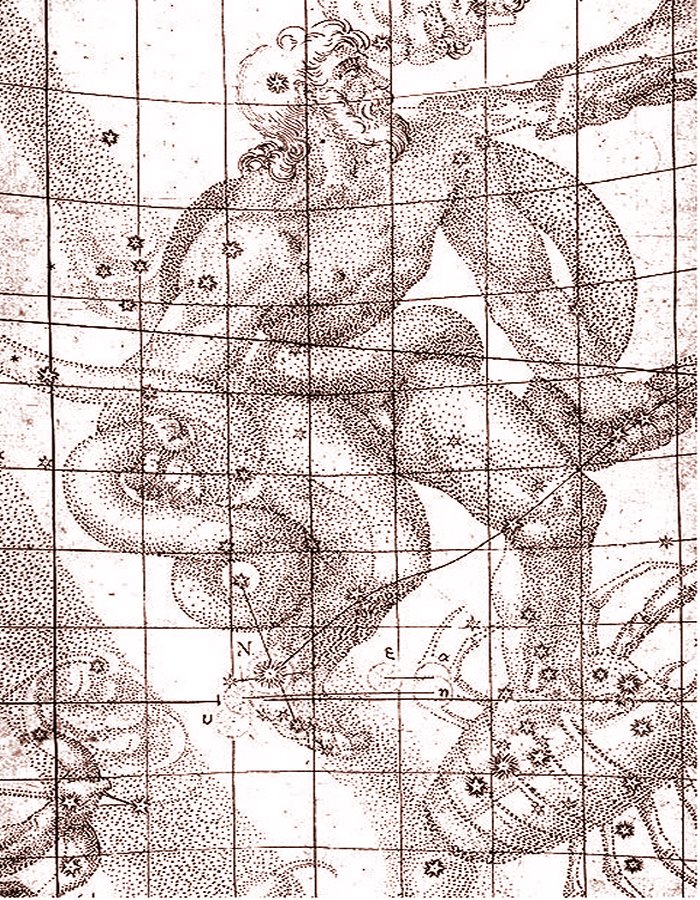
“We were looking – explains Pilar Ruiz Lapuente, researcher at the Instituto de Física Fundamental (IFF-CSIC) and the ICC of the UB (UB-IEEC) for a peculiar star as a possible companion of the progenitor of the Kepler supernova, and for this we have characterized all the stars around the center of the remnant of SN 1604.
“But we have not found any with the expected characteristics. So everything points to the explosion being caused by the merging mechanism of the white dwarf with another or with the core of the already evolved companion. ”
Images taken with the Hubble Space Telescope (HST) and data obtained with the FLAMES instrument, installed at the 8,2m Very Large Telescope (VLT), at the European Southern Observatory (ESO) were used in the research.
“The goal was to determine the proper motions of a group of 32 stars around the center of the supernova remnant that still exists today,” says Luigi Bedin, researcher at Osservatorio Astronomico di Padova (INAF) and co-author of the work.
According to at the IAC “there is an alternative mechanism to produce the explosion. It consists of the merging of two white dwarfs, or the white dwarf with the carbon and oxygen core of the companion star, in a late stage of its evolution, in both cases giving rise to a supernova”, explains Jonay González Hernández, Ramón y Cajal postdoctoral researcher at the IAC and co-author of the publication.
“In the Kepler field we do not see any star that shows anomalies. However, – he adds – we found evidence that the explosion was caused by the merging of two white dwarfs or a white dwarf with the core of the companion star, possibly exceeding the “Chandrasekhar limit”.
MessageToEagle.com


